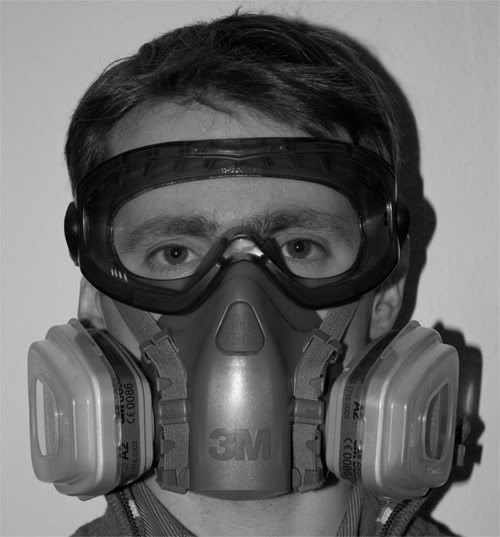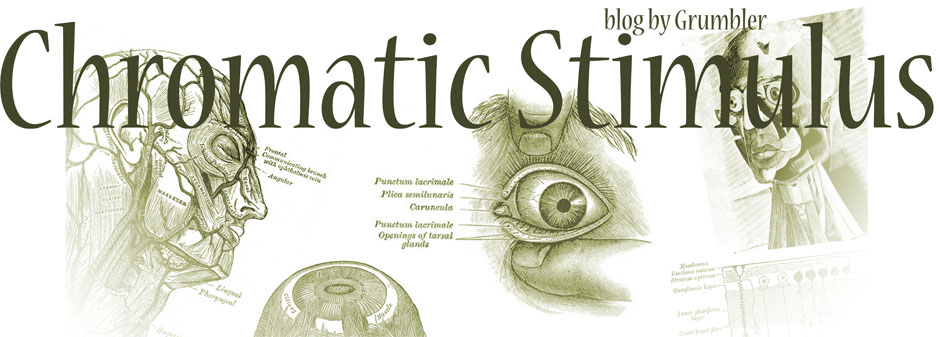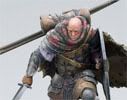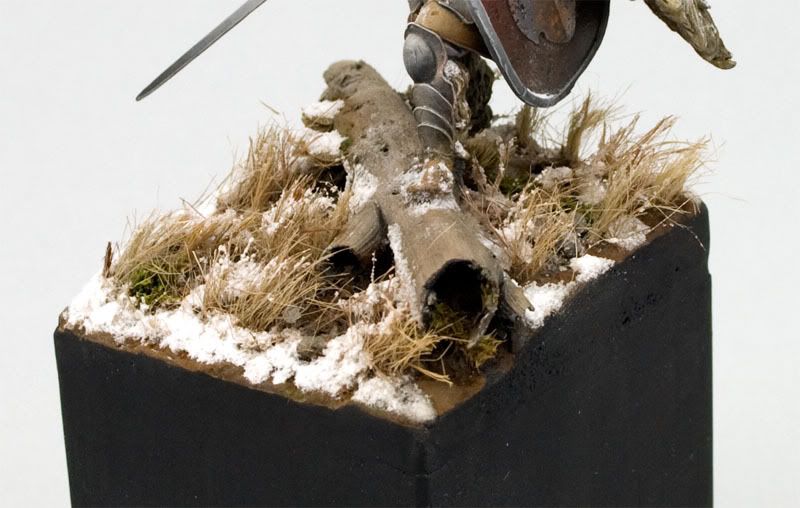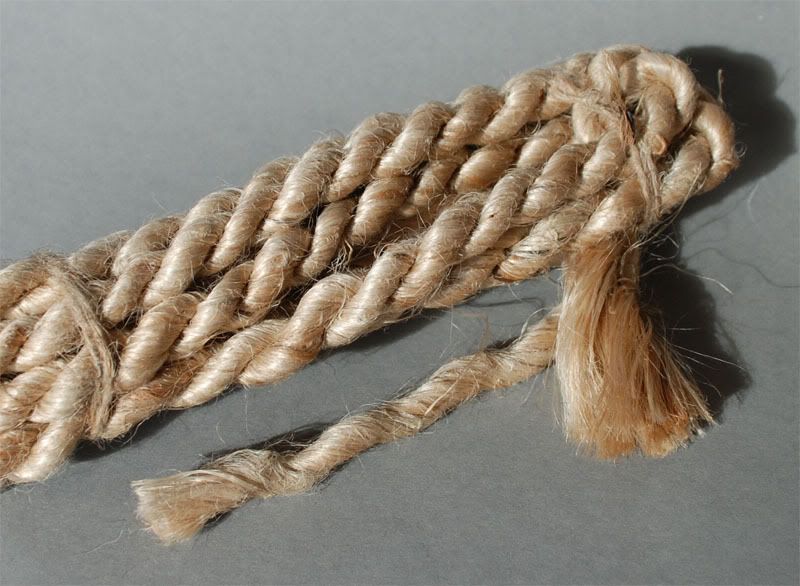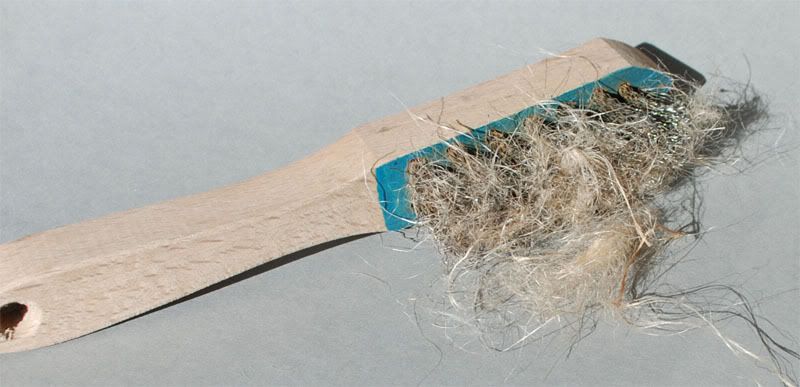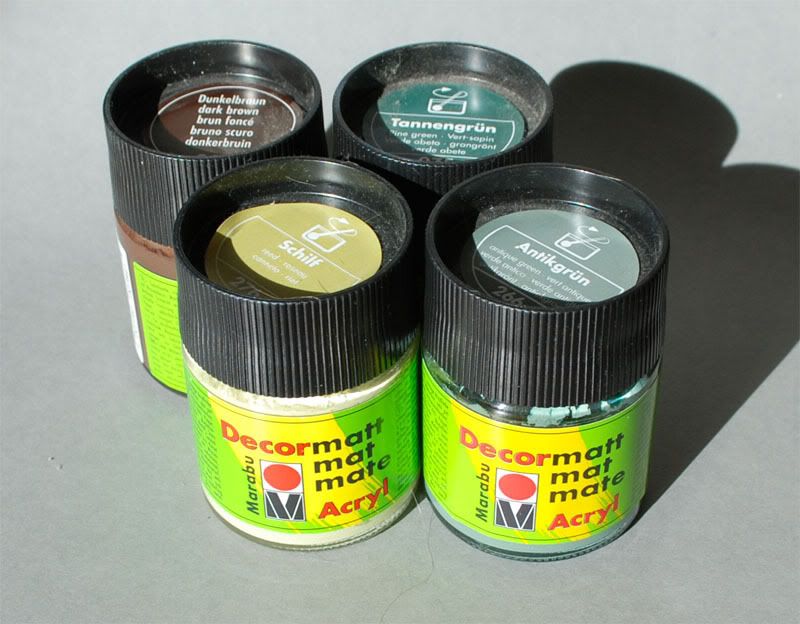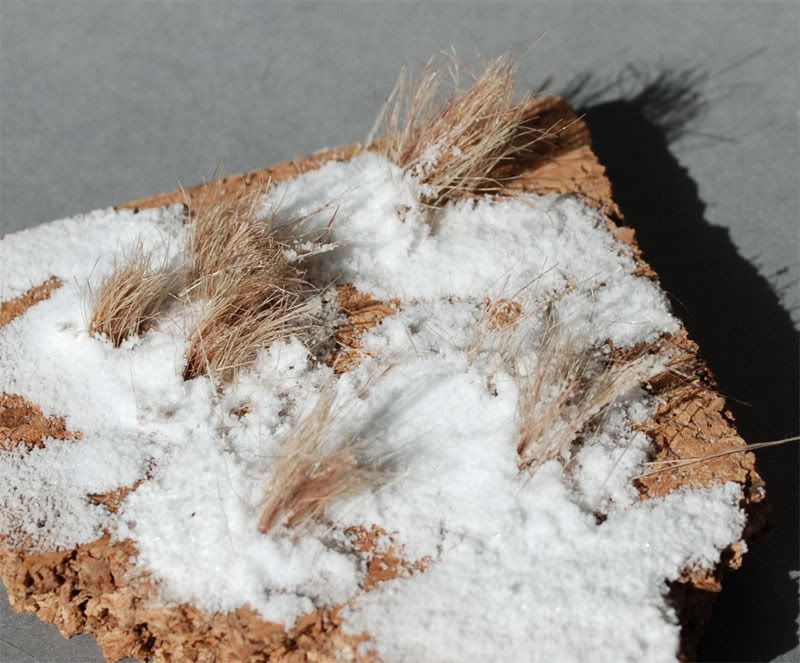Airbrush Safety
two weeks ago I had to paint about 1000 points of Warhammer 40k TAU miniatures in one week. I used my airbrush to get this huge amount of minis painted in such a small amount of time. Two problems emerged that week I want to share with you:
1. Never ever airbrush for several hours in your living room. As my TAU are blue the Enchanted Blue particles dispersed everywhere in my living room although I'm brushing with low pressure. Each square millimetre was covered with the airbrush fallout. It took me hours to clear the mess.
2. The second day I brushed in my basement without adequate ventilation protected only with a low cost particle mask used during the swine influenza. I returned to my flat after 2h and recognized that I had a disordered field of vision induced by the mixture of water, pure alcohol and paint. Thankfully the disorder disappeared after 30 minutes but I felt unhealthy the whole evening and the next day.
Whatever type of hard guy you are, please protect your health and wear an adequate breathing mask. Airbrush and coat only in good ventilated rooms. I recommend to use a mask also for prime coating.
I learned from this and bought a mask from 3M.
